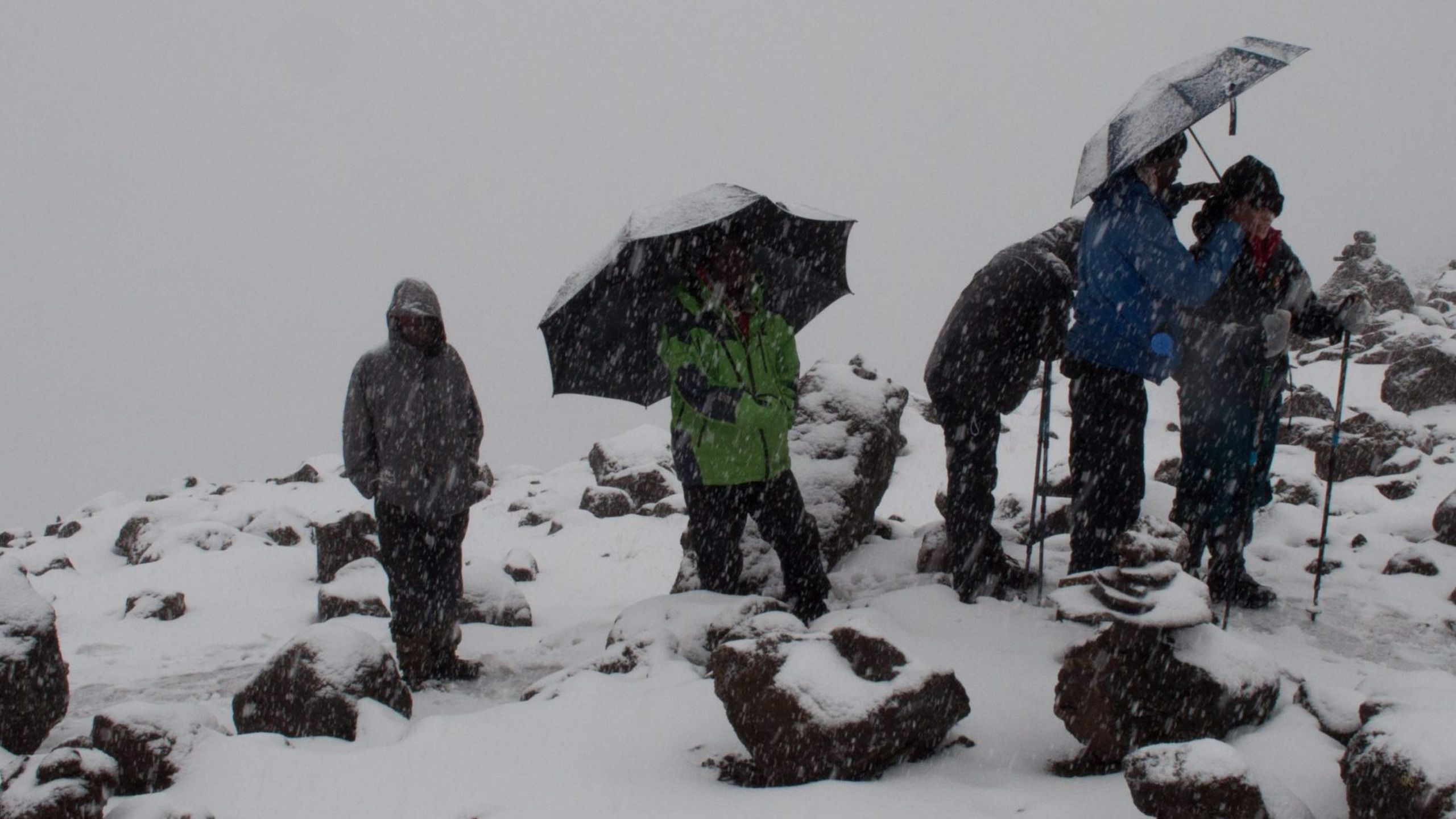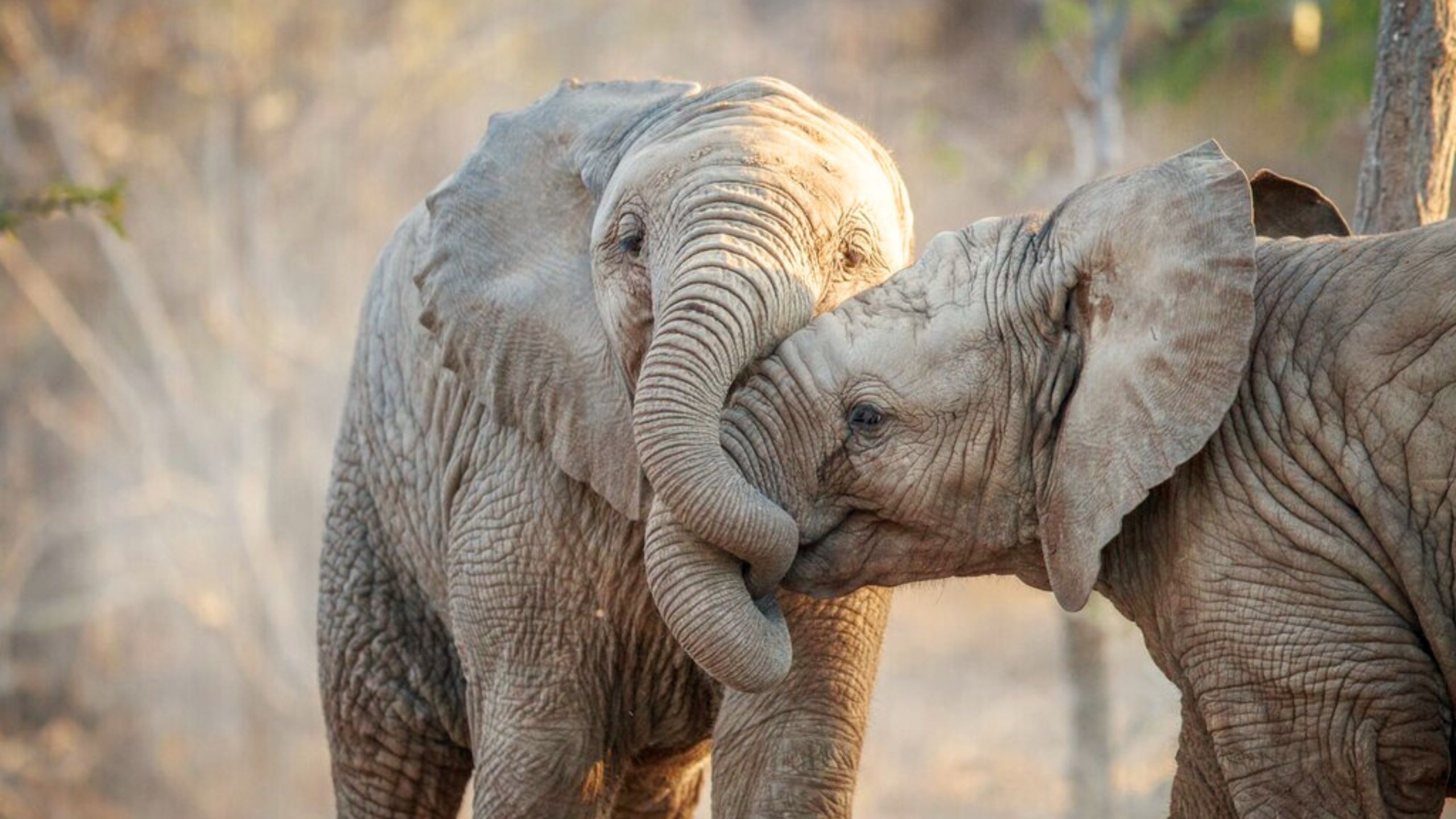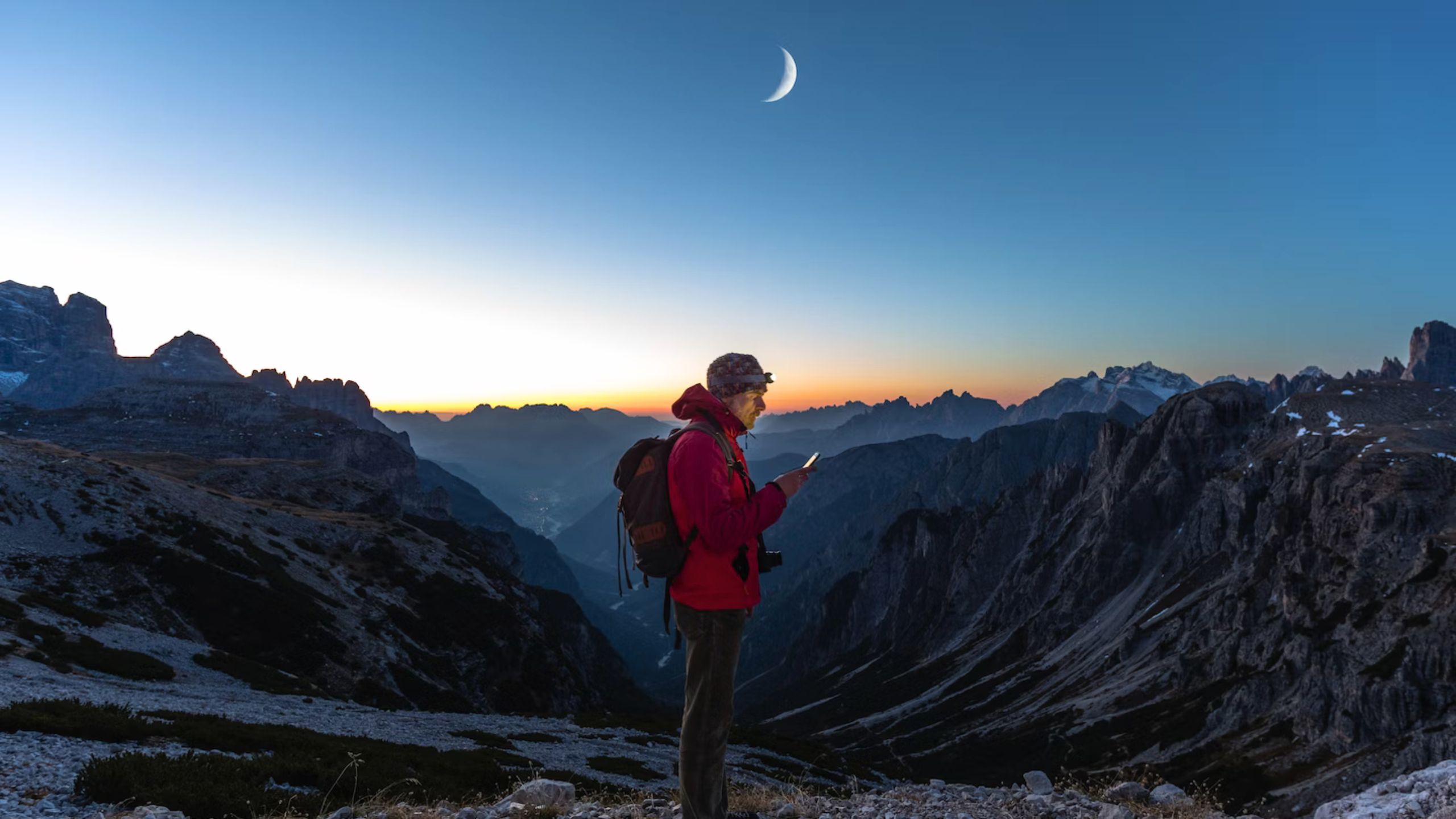Mount Kilimanjaro Difficulties are a significant undertaking, and understanding the various aspects of this adventure is crucial for success and safety. We can expand on the information provided earlier to offer a more comprehensive guide to climbing Mount Kilimanjaro.
Introduction to Mount Kilimanjaro:
Mount Kilimanjaro, located in Tanzania, is the highest freestanding mountain in the world. Its majestic snow-capped peaks and diverse ecosystems make it a popular destination for trekkers and mountaineers. However, its unique geography and challenging altitude present both physical and logistical hurdles.
Climbing Challenges (Mount Kilimanjaro Difficulties):
1. Altitude:
The most formidable challenge of Kilimanjaro is its high altitude. At 5,895 meters (19,341 feet) above sea level, climbers face the risk of altitude sickness. Symptoms include headaches, nausea, and fatigue. To mitigate this, acclimatization is essential, and climbers should choose routes that allow for gradual ascent.
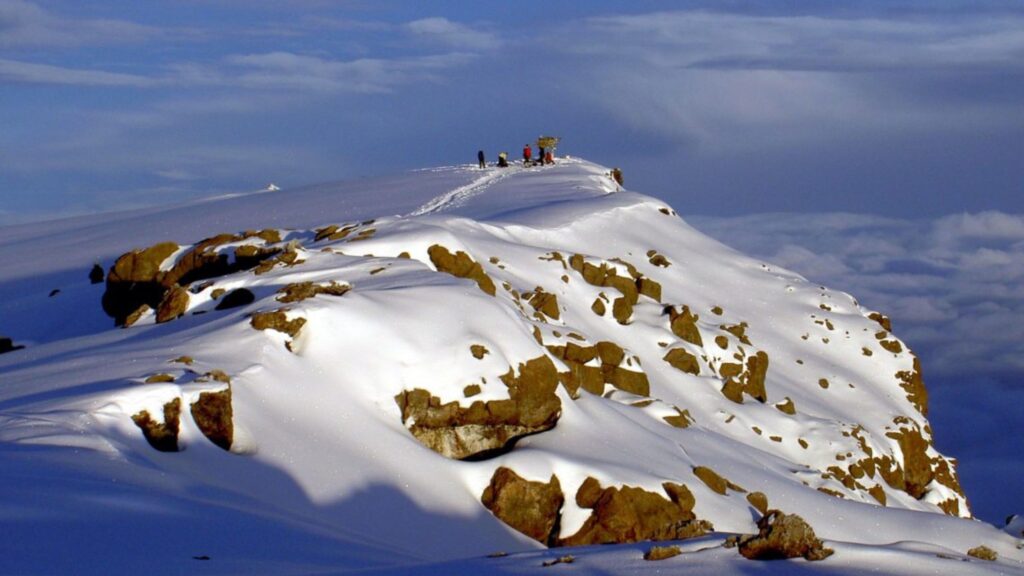
2. Physical Fitness:
Climbing Kilimanjaro demands a good level of physical fitness. The journey involves long days of hiking, often over steep and rocky terrain. Preparing with cardiovascular and strength training is crucial to ensure you have the stamina and muscle strength to endure the trek.
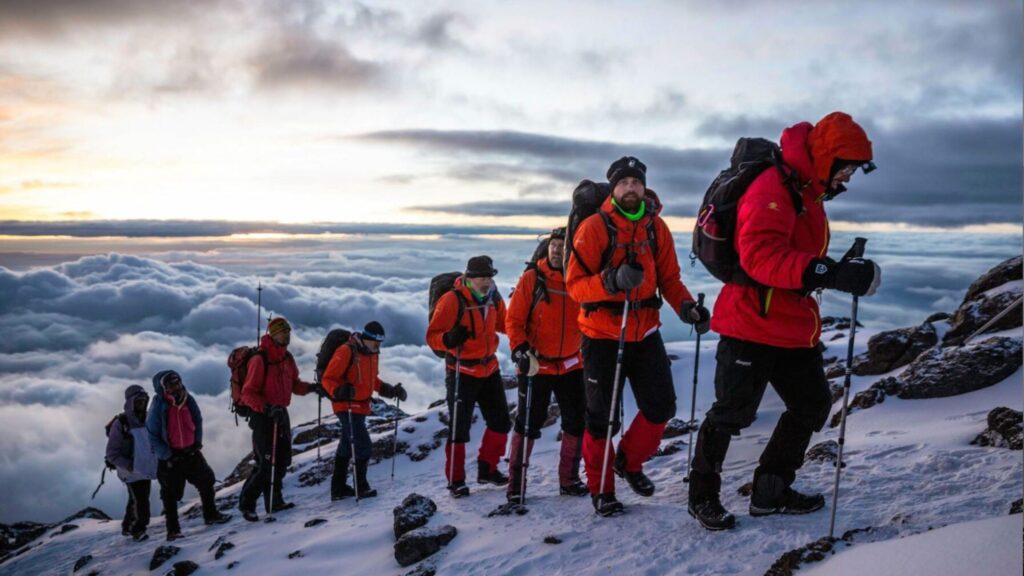
3. Route Selection:
Kilimanjaro offers various routes, each with distinct characteristics. The Marangu route, also known as the “Coca-Cola” route, is relatively easier due to huts with sleeping facilities. The Machame route is scenic and offers better acclimatization. The Lemosho route is longer, granting more time for acclimatization. The Rongai route approaches from the north, and the Northern Circuit is the longest, providing excellent acclimatization opportunities.
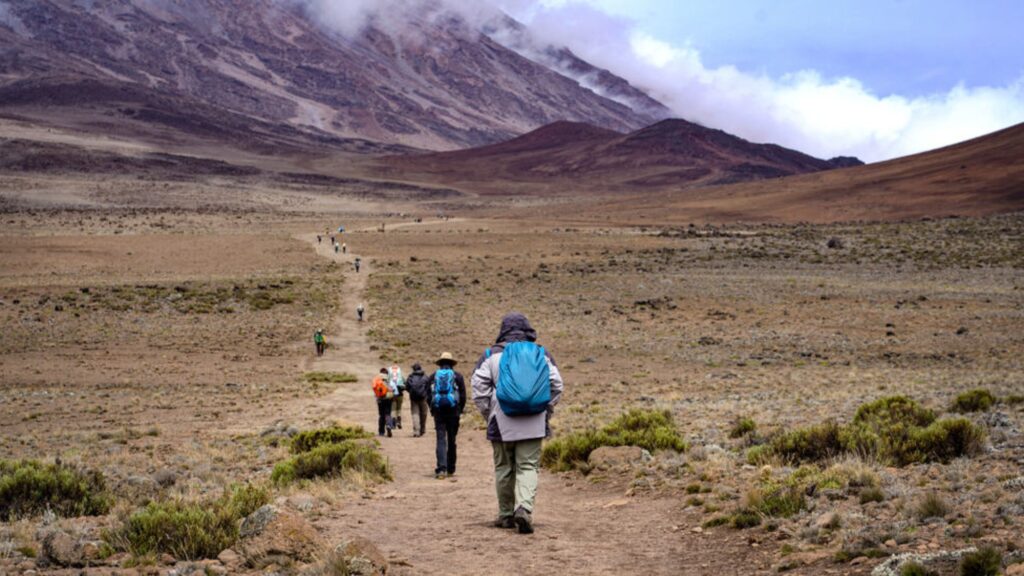
4. Weather Conditions:
The weather on Kilimanjaro is highly variable. Climbers may experience hot, sunny days at the base and freezing temperatures with high winds at the summit. Proper gear, including warm clothing, waterproof layers, and sturdy hiking boots, is vital to combat these conditions.
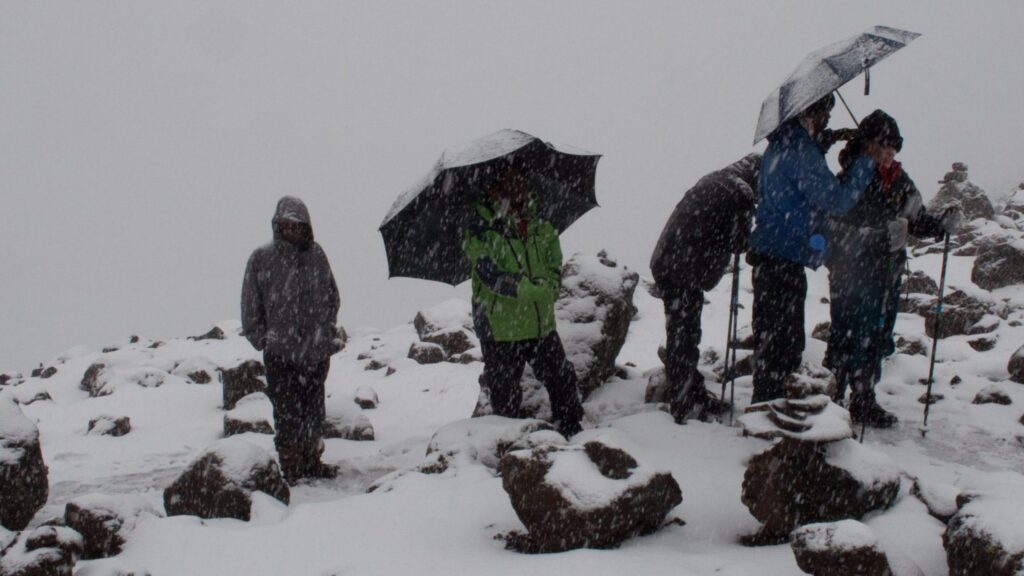
Preparation and Planning:
1. Guided vs. Self-Guided:
While some experienced trekkers have climbed Kilimanjaro without guides, it’s recommended to hire a professional guide and support team. Guides are knowledgeable about the terrain, can monitor your health, and ensure safety. They also provide valuable insights into managing altitude sickness and other potential challenges.
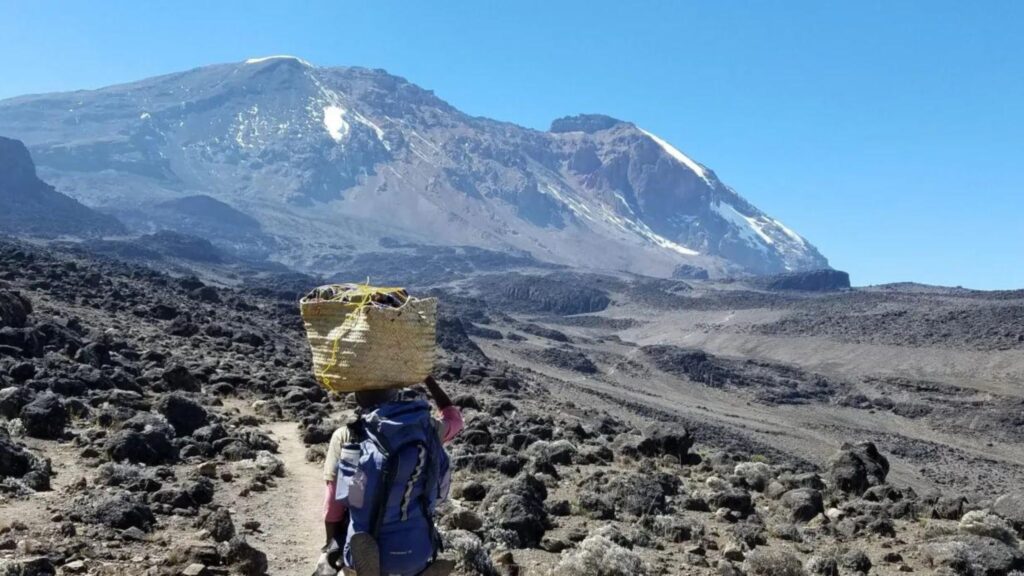
2. Mental Resilience:
Climbing Kilimanjaro requires mental fortitude. The final push to the summit, often undertaken during the night, can be physically and mentally taxing. Maintaining a positive attitude, setting achievable goals, and persevering through discomfort are vital.
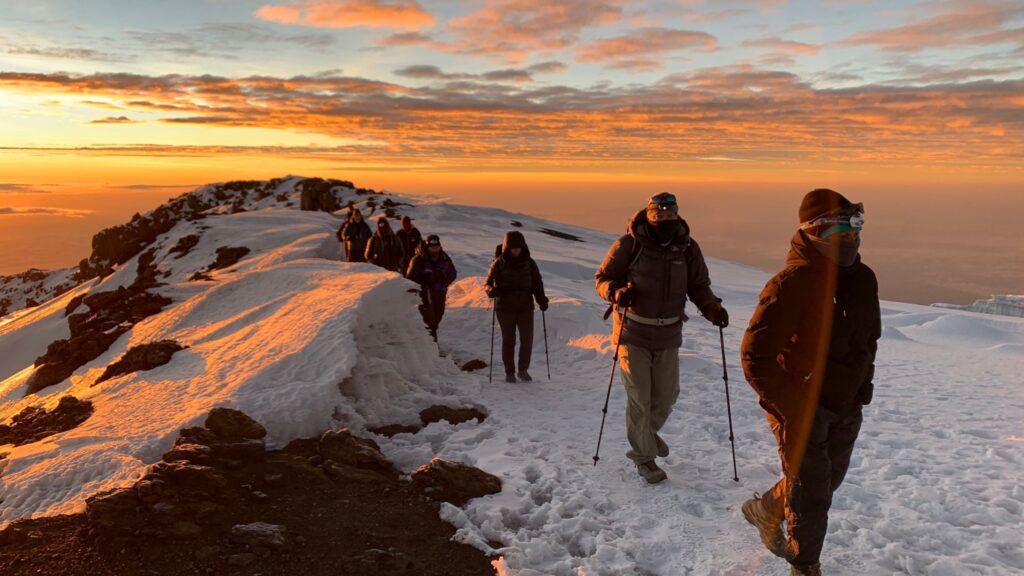
3. Permits and Regulations:
Climbing Kilimanjaro requires obtaining the necessary permits, and there are regulations in place to protect the environment and ensure safety. Adherence to these rules is essential, and permits must be presented at various checkpoints.
4. Health Considerations:
A thorough medical checkup before the climb is advisable to ensure you are physically fit for the challenge. Proper vaccinations and medication, such as anti-malarial drugs, are often recommended.
The Climbing Experience:
1. Day-to-Day Journey:
Climbing Kilimanjaro involves hiking for several days, with daily treks varying in length and difficulty. The trekking schedule will depend on the chosen route.
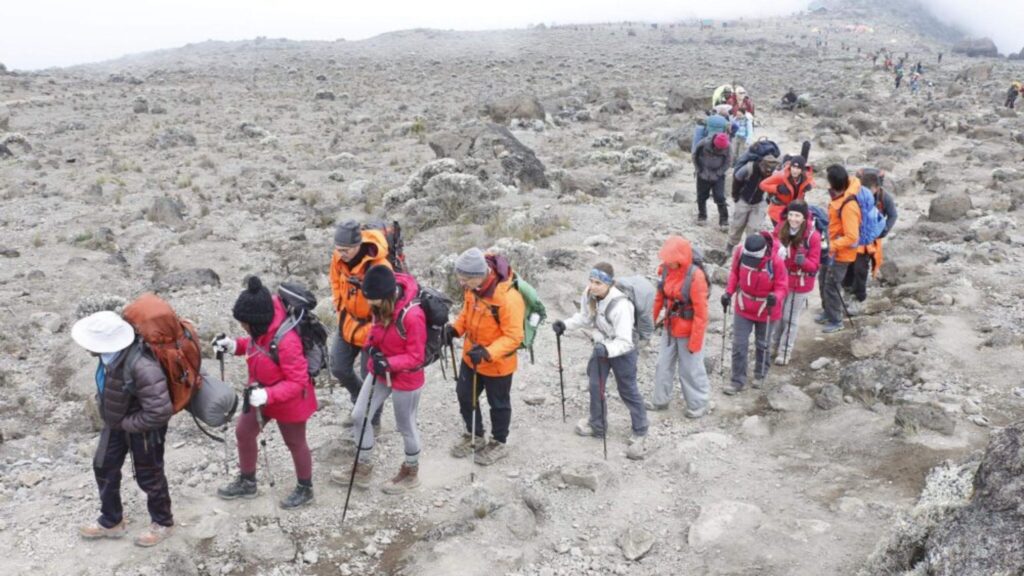
2. Camp Life:
Depending on the route, climbers will spend nights in tents or huts. Adequate sleep and nutrition are essential for maintaining strength and stamina.

3. Climbing Teams:
Climbers often form small groups, and each group is accompanied by a guide, porters, and cooks. The porters transport gear and supplies, lightening the load for climbers.
4. Scenic Beauty:
Kilimanjaro is renowned for its breathtaking landscapes, including lush rainforests, alpine meadows, and otherworldly lunar-like terrains. The diverse flora and fauna add to the awe-inspiring beauty of the climb.

Summit Day:
The final ascent to Uhuru Peak is the most challenging part of the journey. Climbers often start this part of the climb in the early hours of the morning to reach the summit at sunrise. It is a strenuous climb, and altitude, exhaustion, and the cold can take a toll. The sense of achievement upon reaching the “Roof of Africa” is immeasurable.
Descending:
After reaching the summit, the descent begins, which can be equally taxing as climbers navigate the steep terrain. Care must be taken to avoid injuries, especially when descending rapidly.
Post-Climb Reflection:
Climbing Kilimanjaro is a transformative experience for many. The sense of accomplishment and the awe-inspiring natural beauty leave a lasting impact. Reflecting on the journey and sharing your experiences can be an essential part of the adventure.
Climbing Mount Kilimanjaro is a challenging but rewarding adventure. It requires physical fitness, mental resilience, careful planning, and a respect for the mountain’s unique challenges. Proper preparation, including selecting the right route, hiring experienced guides, and having the necessary gear, is essential for a safe and successful climb. The memories and sense of achievement from standing on Kilimanjaro’s summit are unparalleled, making it a bucket-list destination for trekkers and adventurers worldwide.




